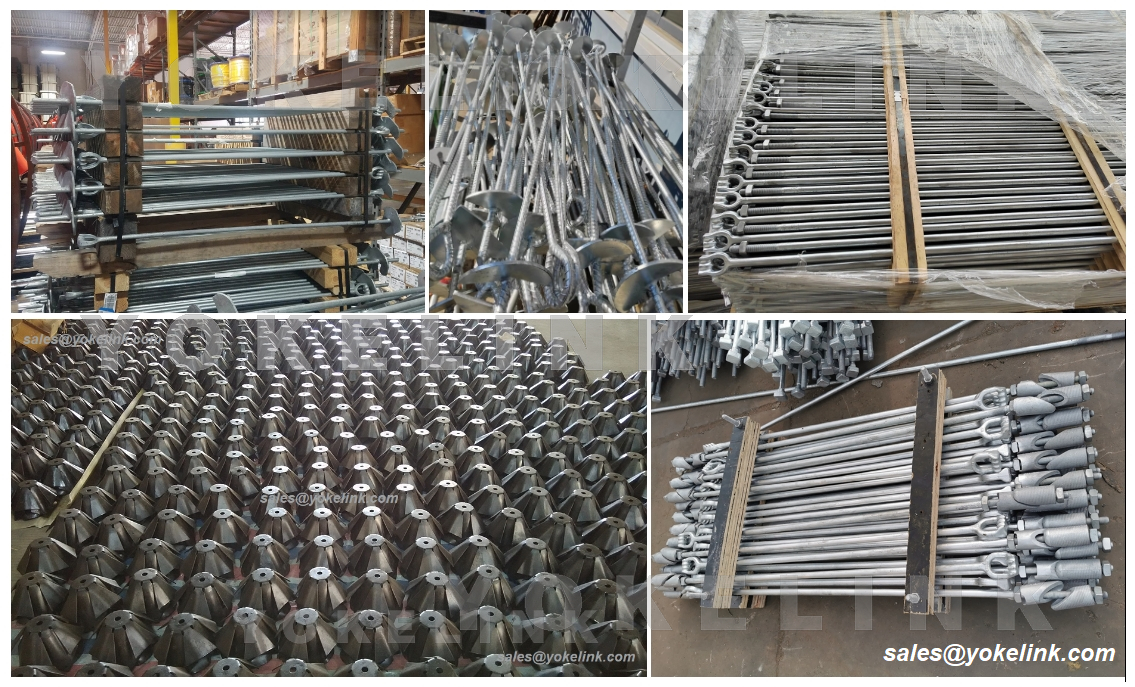Surface defects, often referred to as appearance defects, are visual imperfections found on the exterior of a workpiece. These flaws can typically be identified with the naked eye. Common examples include undercutting, burn-through, porosity, incomplete fusion, and uneven weld profiles. Each defect has its own set of causes and solutions.
An undercut occurs when there's a concave depression along the weld toe where the base material meets the weld. This happens because the arc melts the base metal but doesn't fuse it sufficiently. To address this issue, operators should correct their posture, adjust welding speeds, and ensure proper torch angles. Using alternating current (AC) instead of direct current (DC) during corner welds can also help mitigate undercuts. Additionally, reducing excessive heat input and ensuring appropriate welding sequences can prevent these defects.
Burn-through happens when the welding current is too intense, causing molten metal to escape from the backside of the workpiece, creating a hole. This usually results from overly high currents, slow travel speeds, or excessive joint gaps. To fix this, technicians should fine-tune the current settings, increase the welding speed, minimize joint gaps, and employ pulse welding techniques to avoid penetration issues.
Porosity refers to tiny cavities or voids within the weld caused by rapid retraction of the filler wire during arc termination. These defects are more prevalent in horizontal or reverse welding positions. To prevent porosity, consider using a welding machine equipped with a current decay mechanism. Maintaining a flat welding setup, selecting optimal parameters, and allowing the filler wire to remain briefly in the molten pool before finishing the weld can help eliminate porosity.
Incomplete fusion arises when unmelted base material remains adjacent to the weld bead due to rapid melting of the filler wire, unstable power supplies, or poor operator technique. Solutions include keeping the weld in a flat position, carefully choosing welding parameters, and ensuring consistent torch movement. Improving material quality and refining joint preparation can further reduce this defect.
Uneven weld profiles occur when the surface of the weld varies in height across different sections, leading to aesthetic and structural concerns. This can result from improper joint geometry, imbalanced welding currents, inconsistent torch speeds, or incorrect torch angles. To improve this, adjust joint angles and clearances, select suitable welding settings, maintain steady torch motion, and apply pre-clamping or tack welding before starting the main weld. Implementing these strategies will enhance both the appearance and integrity of the finished product.
Anchoring & Grounding
Yokelink ANCHORING & GROUNDING
Yokelink is a Professional Anchoring Grounding manufacturer is located in China, including Thimbleye, Twineye, Tripleye and Oval Eye Anchor Rods, Galvanized Ground Rod,Copper Bonded Earth Rod,Rock Anchor Extension Rod, No Wrench Anchor, Bust Expanding Anchor, Cross Plate Anchor etc.
We offers a broad range of anchoring and grounding products designed to provide stability, safety, and durability across industries. Below is an overview of our Anchoring & Grounding categories.
1. Thimbleye, Twineye, Tripleye and Oval Eye Anchor Rod
Thimble Eye, Twin Eye, Triple Eye and Oval Eye Anchor Rods are used for guying with expanding and cross plate anchros. Hot dip galvanized to meet ASTM A153 specification.
2. No Wrench Anchor
No Wrench Anchor are used for guying wires at utility poles. Eye dimensions are the same as Anchor Rods. Hot dip galvanized to meet ASTM A153 speficaition
3. Expanding ( Bust ) Anchor
Expanding Anchor are made for installation in hole augered by power drillers. A retainer on the bottom holds the nut from the forged eye rod. Black Painting or Hot dip galvanized finish.
4. Ground Rods
Ground Rods are used as a grounding electrode for building and poles. These rods have a cone point for easy driving and a plain end for attaching a ground rod clamp. Hot Dip Galvanized or Copper plating finish.
5. Extension Anchor Rod
Extension Anchor Rod used in conjunction with internally tapped anchors and couplings or eye nuts.
6. Expanding Rock Anchor
Yokelink Expanding Rock Anchor Rod provide strength and stability to rock andconcrete structures. They are constructed of a drop forged tripleye rod and two opposing wedgehalves.The anchor is placed in a hole pre-drilled in the rock. Hot dip galvanized per ASTM A153
Why Choose YOKELINK?
With a commitment to quality and innovation, YOKELINK offers anchoring and grounding solutions that meet international standards and exceed customer expectations. Trust YOKELINK to provide safe, reliable, and cost-effective products tailored to your specific needs.

Explore our range of YOKELINK Anchoring & Grounding products today for your next project.
Optimize your search with YOKELINK’s trusted solutions in anchoring and grounding systems. For inquiries and custom solutions, contact us now!
Galvanized Ground Rod, Earth Anchor,Twin Eye, Triple eye,Thimbleye, Thimble eye bolt,Rock anchors,anchoring Wind Towers,Anchors,ground rods,HDG,grounding system
Ningbo Yokelink Machinery Co.,Limited , https://www.yokelink.com


